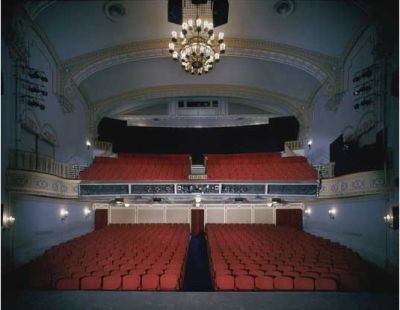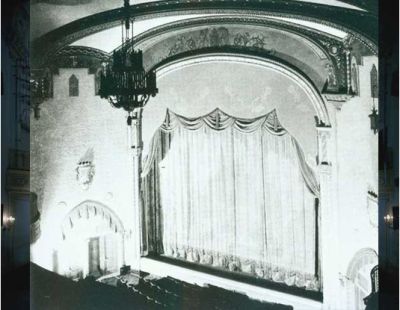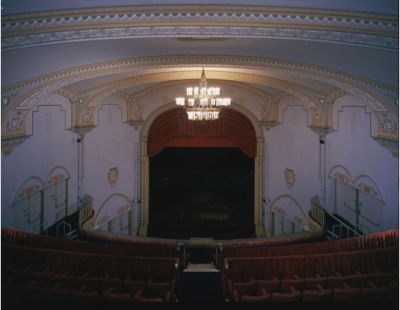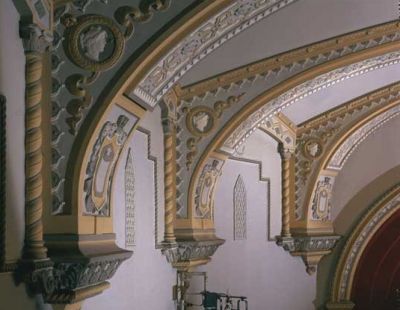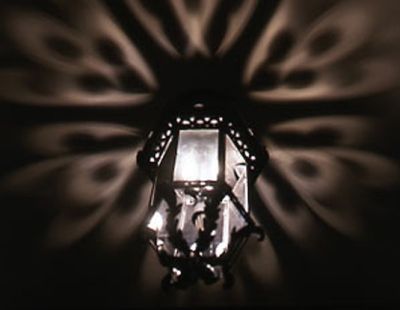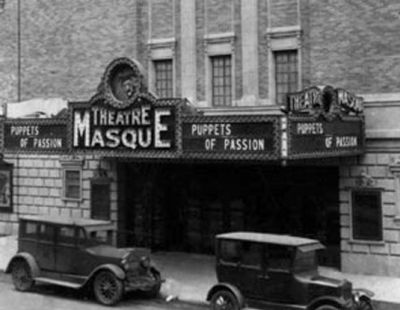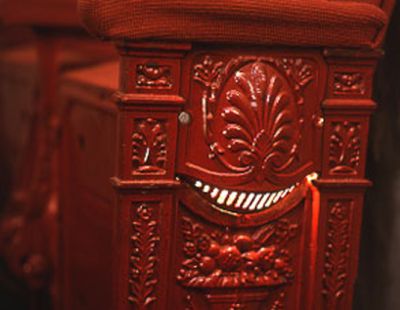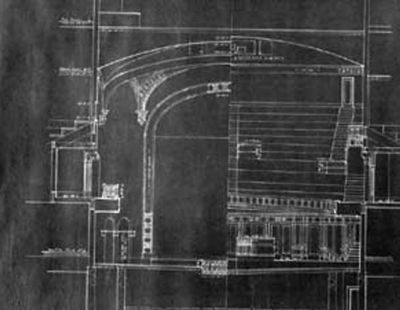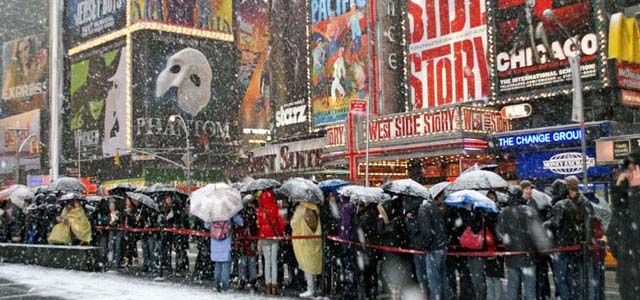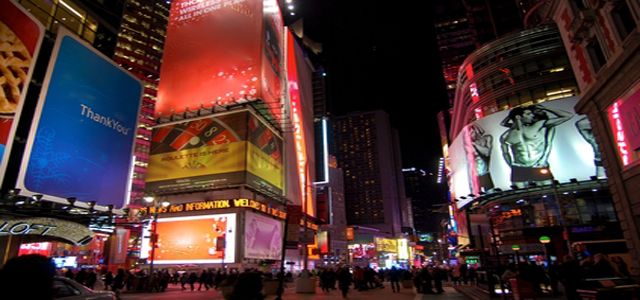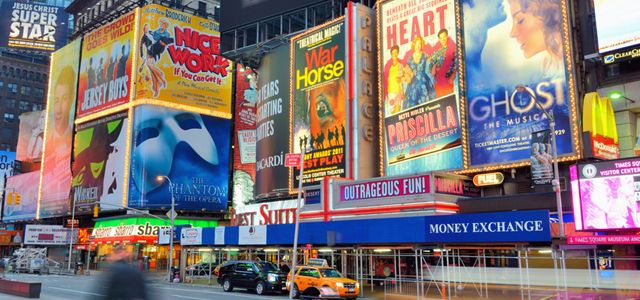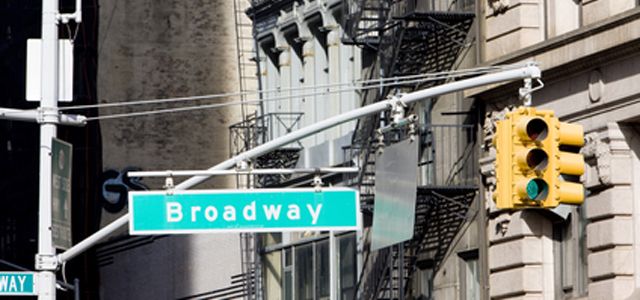The John Golden Theatre
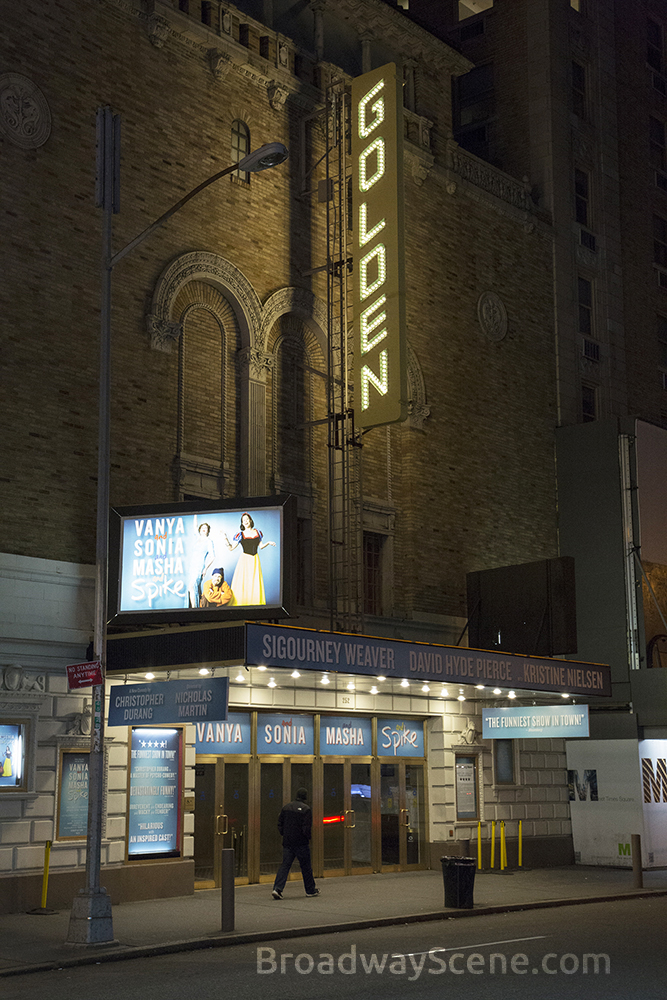
In 1927, the John Golden Theatre was initially constructed as the Theatre Masque by real-estate entrepreneurs, the Chanin Brothers. It was built into a three-theatre facility that also included the Royale and the Majestic. The Theatre Masque was the smallest of the three, and although it was used as a movie house at one time, the theatre was built with the intention of housing smaller-scale Broadway plays.
History of Intimate Productions
In 1927, the Theatre Masque opened with the flop Puppets of Passion. The Chanins handed over ownership of all three theatres to the Shuberts in 1930. In the 1930s, the Shuberts saw several successes, including Goodbye Again (1932) starring James Stewart and Osgood Perkins, and Tobacco Road (1933). Tobacco Road was such a huge hit that it had to be relocated to a larger theatre.
John Golden took over management in 1937, and he rechristened the venue by naming it after himself, making it the third theatre to possess his name. In January 1938, Paul Vincent Carroll’s brilliant play Shadow and Substance was highly praised by critics and ran for 206 performances. The cast included Julie Haydon and Sir Cedric Hardwicke. The following year another unforgettable play by Paul Vincent Carroll, The White Steed featuring Jessica Tandy and Barry Fitzgerald, transferred from the Cort to the John Golden.
Angel Street, a Victorian thriller, opened on December 5, 1941. The cast included Judith Evelyn, Vincent Price, and Leo G. Carroll. The producers expected it to flop, and so they only ordered a three-day supply of PLAYBILL magazines. The production ended up being the John Golden’s longest-running nonmusical, surprisingly running for 1,295 performances.
In 1946, the Shuberts regained management over the theatre, converting it into a movie house for two years before returning it to a theatrical playhouse in the late 1940s. Throughout the 1950s and 1960s, the John Golden was home to numerous notable productions and playwrights, including Samuel Beckett’s premiere of Waiting for Godot (1956) featuring Bert Lahr. Renowned productions of the 1970s include the Pulitzer Prize-winning The Gin Game (1977), with Jessica Tandy and Hume Cronyn. The 1980s had an auspicious beginning with Tommy Tune’s A Day in Hollywood/A Night in the Ukraine (1980). The Golden went on to house several Pulitzer Prize winners, including Marsha Norman’s ‘night Mother (1983) featuring Kathy Bates.
Other productions of note include Terrence McNally’s Master Class (1995) with Zoe Caldwell playing opera diva Maria Callas and Audra McDonald playing her student, the Tony Award-winning musical Avenue Q (known for its puppets alongside human performers), the Tony Award-winning revival of Larry Kramer’s The Normal Heart, Seminar (2011) starring Alan Rickman, and David Mamet’s The Anarchist (2012) featuring Patti LuPone and in her Broadway debut Debra Winger.
A Tiny Venue
Herbert J. Krapp was hired by the Chanin Brothers to design the John Golden Theatre. The interior has a Spanish influence, featuring coarse plaster walls, coiled columns, wrought iron fixtures, and ceiling arcs. It is one of the smallest venues on Broadway, with a seating capacity of only 800.
Perfect for Intense Dramas
Throughout its life on Broadway, the John Golden Theatre has been faithful in its mission to house primarily artistic and intimate plays. It did house one small-scale, long-running musical, Avenue Q. In general, however, it is a wonderful venue to see intense drama, such as Edward Albee’s The Goat. Patrons have excellent viewing from the mezzanine because of the John Golden’s intimate size. After all, the Chanin Brothers once stated that their theatres were constructed to provide ease to not only actors, but to patrons as well and this theatre is proof of that.



